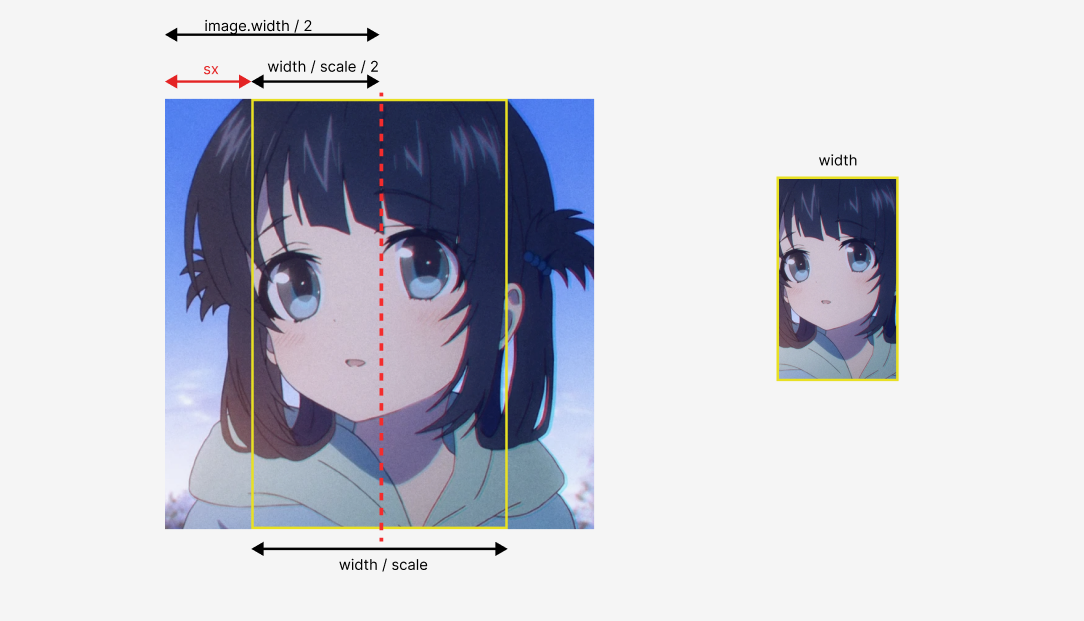C++11的异步操作
- 简介
- 一、std::future
- 1.1、future的类型
- 1.2、future的使用
- 1.3、使用示例
- 二、std::packaged_task
- 三、std::promise
- 总结
简介
C++提供如下的异步操作接口:
- std::future :异步指向某个任务,然后通过future特性去获取任务函数的返回结果。
- std::aysnc :异步运行某个任务函数。 std::promise :线程1设置了某个值,然后通知另外的线程,可以省去消息通信。
- std::packaged_task :将任务和feature绑定在一起的模板,是一种对任务的封装。
一、std::future
std::future期待一个返回,从一个异步调用的角度来说,future更像是执行函数的返回值,C++标准库使用std::future为一次性事件建模,如果一个事件需要等待特定的一次性事件,那么这线程可以获取一个future对象来代表这个事件。
异步调用往往不知道何时返回,但是如果异步调用的过程需要同步,或者说后一个异步调用需要使用前一个异步调用的结果;这个时候就要用到future。
线程可以周期性的在这个future上等待一小段时间,检查future是否已经ready,如果没有,该线程可以先去做另一个任务,一旦future就绪,该future就无法复位(无法再次使用这个future等待这个事件),所以future代表的是一次性事件。
1.1、future的类型
在库的头文件中声明了两种future,唯一future(std::future)和共享future(std::shared_future)这两个是参照std::unique_ptr和std::shared_ptr设立的,前者的实例是仅有的一个指向其关联事件的实例,而后者可以有多个实例指向同一个关联事件,当事件就绪时,所有指向同一事件的std::shared_future实例会变成就绪。
future的三种用法:
- 使用模板自己定义类型,比如std::future test=std::async(func); 。
- 使用decltype推导函数返回类型,比如std::future<decltype (func())> test=std::async(func);。
- 使用auto,比如auto test=std::async(func);。
注意,使用decltype推导函数的返回类型,如果函数是带参数的,需要传入函数的参数值,而不是参数类型。
std::future<decltype (func(int,int))> test=std::async(func,1,2);//错误的
std::future<decltype (func(0,0))> test=std::async(func,1,2);//正确的
1.2、future的使用
std::future是一个模板,例如std::future,模板参数就是期待返回的类型,虽然future被用于线程间通信,但其本身却并不提供同步访问,热门必须通过互斥元或其他同步机制来保护访问。
future使用的时机是当你不需要立刻得到一个结果的时候,你可以开启一个线程帮你去做一项任务,并期待这个任务的返回,但是std::thread并没有提供这样的机制,这就需要用到std::async和std::future(都在头文件中声明)std::async返回一个std::future对象,而不是给你一个确定的值(所以当你不需要立刻使用此值的时候才需要用到这个机制)。当你需要使用这个值的时候,对future使用get(),线程就会阻塞直到future就绪,然后返回该值。
1.3、使用示例
#include <iostream>
#include <future>
#include <thread>
using namespace std;
int find_result_to_add()
{
std::this_thread::sleep_for(std::chrono::seconds(2));// 用来测试异步延迟的影响
return 1+1;
}
int find_result_to_add2(int a,int b)
{
std::this_thread::sleep_for(std::chrono::seconds(2));
return a+b;
}
void do_other_things()
{
std::cout << "Hello World" << std::endl;
}
int main(int argc,char **argv)
{
// 1
future<int> result=std::async(find_result_to_add);
do_other_things();
std::cout << "result: " << result.get() << std::endl;
// 2
future<decltype (find_result_to_add2(0,0))> result2=async(find_result_to_add2,10,20);
do_other_things();
std::cout << "result2: " << result2.get() << std::endl;
// 3
auto result3=async(find_result_to_add2,10,20);//推荐
std::cout << "result3: " << result3.get() << std::endl;
return 0;
}
运行结果:
Hello World
result: 2
Hello World
result2: 30
result3: 30
跟thread类似,async允许你通过将额外的参数添加到调用中,来将附加参数传递给函数。如果传入的函数指针是某个类的成员函数,则还需要将类对象指针传入(直接传入,传入指针,或者是std::ref封装)。
默认情况下,std::async是否启动一个新线程,或者在等待future时,任务是否同步运行都取决于你给的参数。这个参数为std::launch类型:
- std::launch::defered,表明该函数会被延迟调用,直到在future上调用get()或者wait()为止 。
- std::launch::async,表明函数会在自己创建的线程上运行 。
- std::launch::any = std::launch::defered | std::launch::async 。
- std::launch::sync = std::launch::defered 。
enum class launch {
async,deferred,sync=deferred,any=async|deferred
};
注意:默认选项参数被设置为std::launch::any。如果函数被延迟运行可能永远都不会运行。
二、std::packaged_task
如果说std::async和std::feature还是分开看的关系的话,那么std::packaged_task就是将任务和feature绑定在一起的模板,是一种封装对任务的封装。
std::packaged_task包装任何可调用目标(函数、lambda表达式、绑定表达式或其他函数对象),以便可以异步调用它。它的返回值或抛出的异常存储在共享状态中,可以通过std::future对象访问。
可以通过std::packaged_task对象获取任务相关联的feature,调用get_future()方法可以获得std::packaged_task对象绑定的函数的返回值类型的future。std::packaged_task的模板参数是函数签名(例如int add(int a, intb)的函数签名就是int(int, int) )。
使用示例:
#include <iostream>
#include <future>
using namespace std;
int add(int a, int b)
{
return a + b;
}
void do_other_things() {
std::cout << "Hello World" << std::endl;
}
int main()
{
std::packaged_task<int(int, int)> task(add); //封装任务,不会执行add(...)
std::this_thread::sleep_for(std::chrono::seconds(2));// 用来测试异步延迟的影响
do_other_things();
std::future<int> result = task.get_future(); // 只是获取future
task(1, 1); // 必须要让任务执行,否则在get()获取future的值时会一直阻塞
std::cout << result.get() << std::endl;
return 0;
}
三、std::promise
从字面意思上理解promise代表一个承诺。promise比std::packaged_task抽象层次低。
std::promise提供了一种设置值的方式,它可以在这之后通过相关联的std::future对象进行读取。换种说法,之前已经说过std::future可以读取一个异步函数的返回值了,那么这个std::promise就提供一种方式手动让future就绪。
使用示例:
#include <iostream>
#include <future>
#include <string>
#include <pthread>
using namespace std;
void print(std::promise<std::string>& p)
{
p.set_value("There is the result whitch you want."); //set_value之后,就可以get()到
}
void do_some_other_things()
{
std::cout << "Hello World" << std::endl;
}
int main()
{
std::promise<std::string> promise;
std::future<std::string> result = promise.get_future();
std::thread t(print, std::ref(promise));
do_some_other_things();
std::cout << result.get() << std::endl; //等待promise的返回
t.join();
return 0;
}
由此可以看出在promise创建好的时候future也已经创建好了线程在创建promise的同时会获得一个future,然后将promise传递给设置他的线程,当前线程则持有future,以便随时检查是否可以取值。
总结
future的表现为期望,当前线程持有future时,期望从future获取到想要的结果和返回,可以把future当做异步函数的返回值。而promise是一个承诺,当线程创建了promise对象后,这个promise对象向线程承诺他必定会被人设置一个值,和promise相关联的future就是获取其返回的手段。


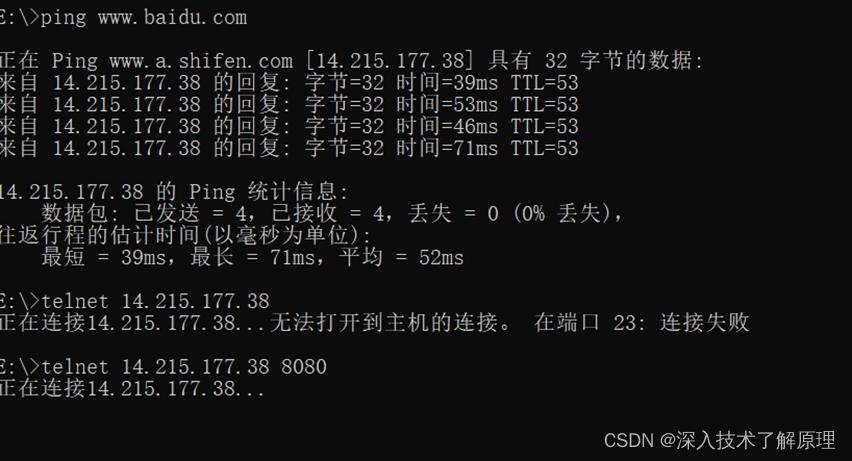




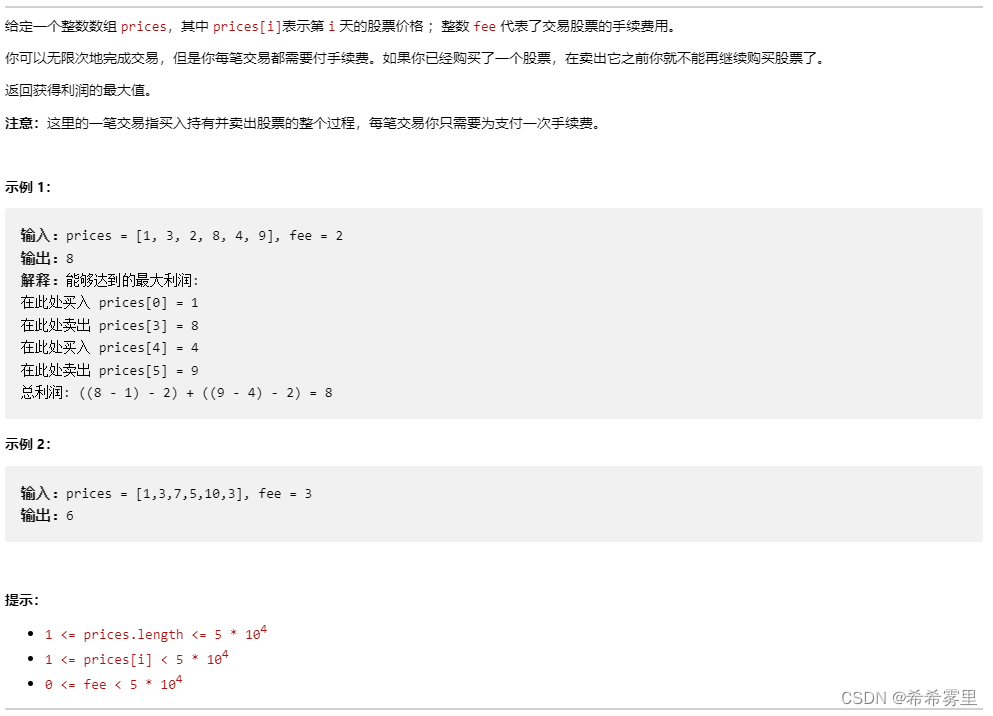

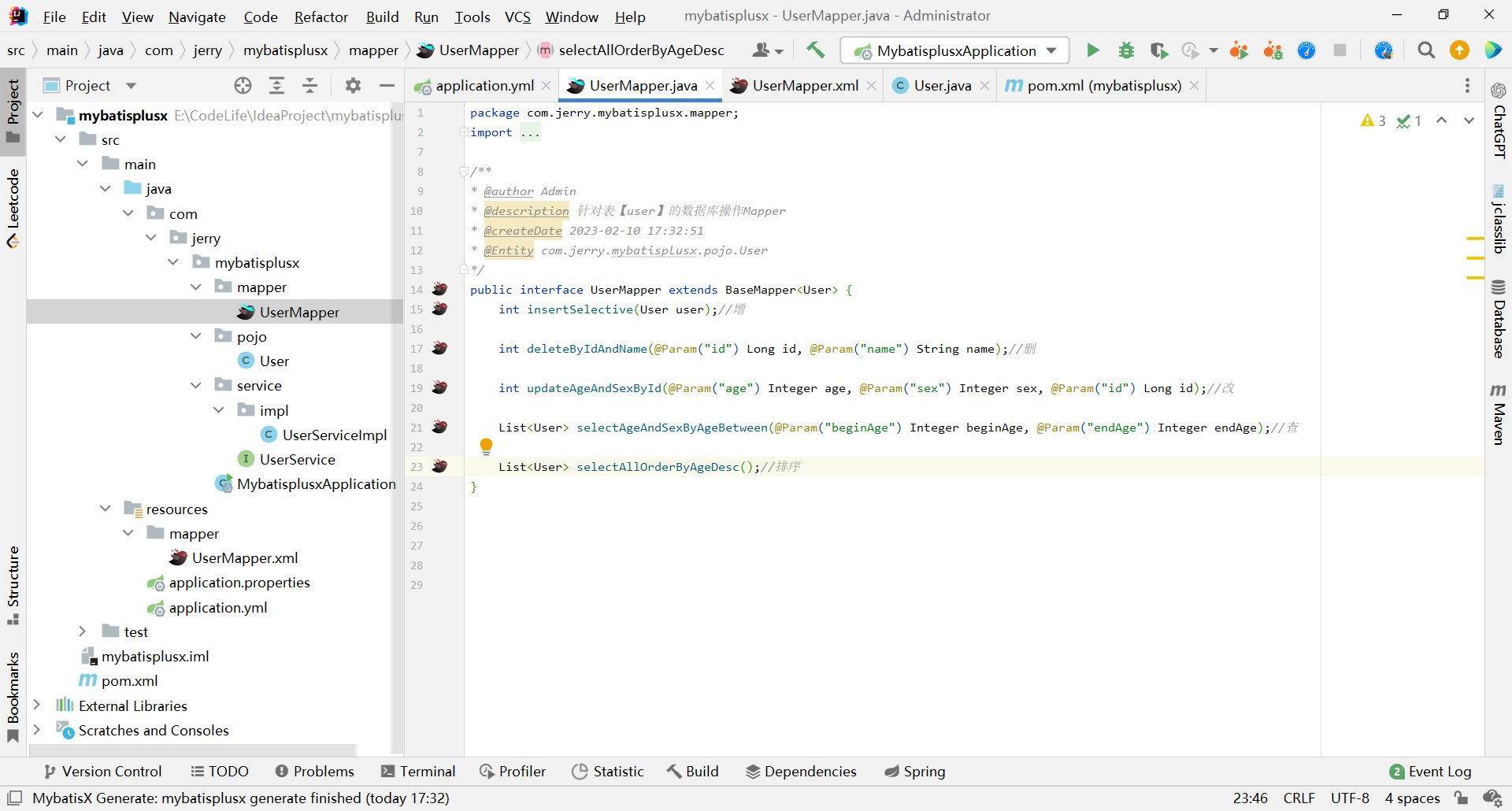
![学习open62541 --- [74] 软链接的妙用](https://img-blog.csdnimg.cn/aac2ed0438e0412d9f51ab52197b2627.png#pic_left)



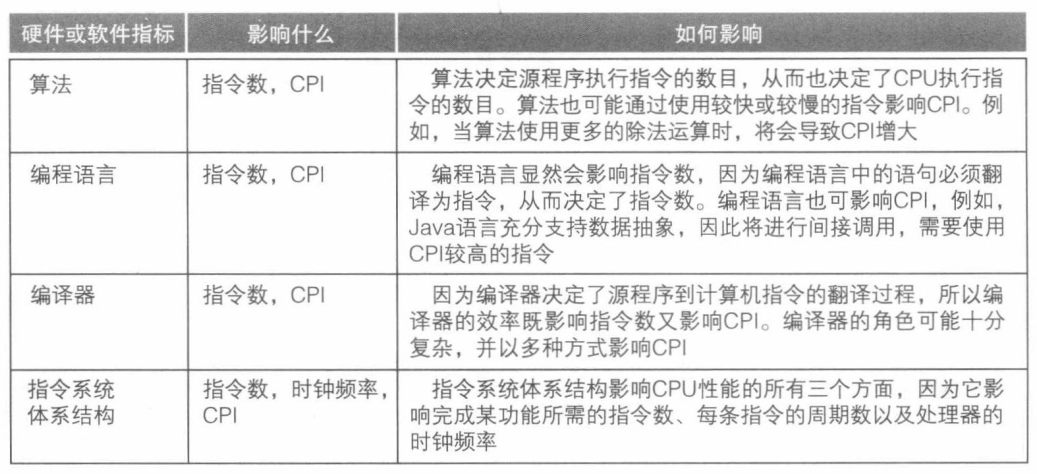


![[SSD固态硬盘技术 0] SSD的结构和原理导论](https://img-blog.csdnimg.cn/img_convert/149265d1ca124478a13b89583dcb51a0.webp?x-oss-process=image/format,png)

![[LeetCode 1138]字母板上的路径](https://img-blog.csdnimg.cn/107e2cfdb4ac4bbcab58938efa82fe10.png)
